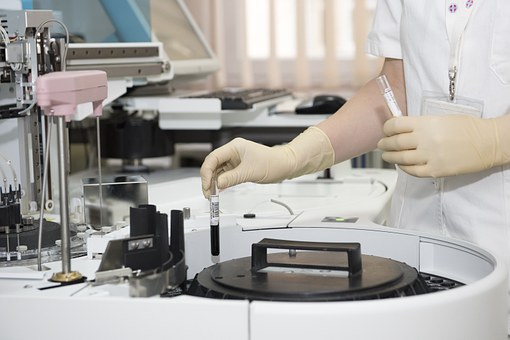Impetigo is a highly contagious bacterial infection that affects the surface of the skin and is characterised by red sores and blisters which can develop into yellow/brown crusted patches. Although impetigo usually clears up within 2 to 3 weeks without treatment, it is normally treated with an antibiotic to help reduce the spread of infection and speed up recovery.
However, NICE and PHE found that a topical antiseptic such as hydrogen peroxide 1% cream is just as effective at treating non‑bullous impetigo as a topical antibiotic. NICE now say that topical antiseptics should be offered to people with localised, non-bullous impetigo if they aren’t systemically unwell or at risk of developing any complications.
If antiseptic treatment is not suitable, or a person has widespread non-bullous impetigo, a topical antibiotic should be given instead (fusidic acid 2%). An oral antibiotic (flucloxacillin) is also an option for people with widespread non-bullous impetigo and should be given first line if the person has bullous impetigo or if they are systemically unwell or at risk of developing any complications.
The guidance also now says that combination treatment with a topical and oral antibiotic should not be used to treat impetigo. Using both oral and topical treatments is no more effective than using a single topical treatment alone.
The overuse of antimicrobials is contributing to a global threat of worldwide antimicrobial resistance. The NICE/PHE antimicrobial prescribing suite of guidelinesfocuses on a variety of common bacterial infections and makes recommendations on appropriate antibiotic choice and use.
The draft guidance can be found here. The consultation closes on 11 September 2019.
























